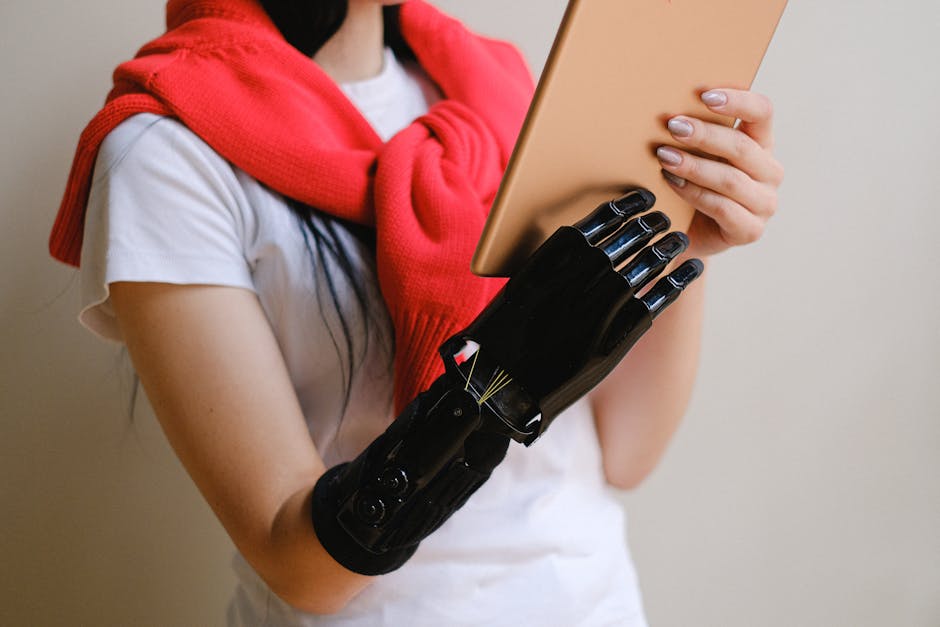Beyond Concrete: How Local Elementary Students Are Discovering the High-Tech Future of Civil Engineering

For generations, civil engineering has been synonymous with the tangible: the towering skyscrapers, the intricate network of roads, and the mighty bridges spanning vast rivers. It's a field built on steel, concrete, and sheer human ingenuity. Yet, as an IT journalist, what excites me most today is not just the physical structures, but the invisible digital threads now weaving through every aspect of this foundational industry. And recently, something truly inspiring happened: Local Elementary Students had the unique opportunity to experience the world of Civil Engineering Digitalization Technology firsthand.
What is Civil Engineering Digitalization Technology?
Forget the image of engineers solely hunched over blueprints with pencils. The "world of Civil Engineering Digitalization Technology" encompasses a revolutionary shift, integrating advanced IT solutions into every phase of infrastructure development. This isn't just about using computers; it's about fundamentally transforming how we design, build, monitor, and maintain our built environment.
The Tools of Tomorrow
At its core, this digitalization leverages technologies like Building Information Modeling (BIM), which creates a comprehensive digital twin of a project, allowing for better collaboration, clash detection, and lifecycle management. Drones equipped with LiDAR and photogrammetry rapidly map terrain with unprecedented accuracy, replacing weeks of manual surveying with hours. IoT (Internet of Things) sensors embedded in structures provide real-time data on stress, temperature, and environmental factors, enabling predictive maintenance and enhancing safety.
Furthermore, artificial intelligence (AI) is optimizing project schedules, identifying potential risks, and even designing more efficient structures. Augmented Reality (AR) and Virtual Reality (VR) are allowing engineers to walk through a proposed building before a single brick is laid, or to overlay digital designs onto physical sites for precise construction guidance. This blend of hardware and software is creating smarter, more resilient infrastructure.
Societal Impact and Benefits
The innovation driven by civil engineering digitalization extends far beyond the construction site. Its impact ripples through society, offering significant benefits to everyone.
Building Smarter, Safer, Greener
- Enhanced Safety: With precise digital models and real-time monitoring, risks on construction sites are dramatically reduced. Automated machinery and remote operations keep workers out of harm's way.
- Increased Efficiency & Cost Savings: Digital planning minimizes errors, reduces material waste, and streamlines project timelines, leading to significant cost reductions that can be passed on to taxpayers or reinvested into more projects.
- Sustainability: Optimized designs and construction processes lead to less energy consumption and a smaller carbon footprint. Predictive maintenance extends the lifespan of infrastructure, reducing the need for premature replacements.
- Resilience: Data from digital models and sensors can be used to design infrastructure that better withstands natural disasters, improving community safety and stability.
- Better Urban Planning: Comprehensive digital data allows for more informed decisions in urban development, creating more livable, functional, and aesthetically pleasing cities.
Ultimately, this technological leap means we get better infrastructure, built faster, more affordably, and with greater consideration for our planet and its people.
Inspiring the Next Generation
The fact that Local Elementary Students had the opportunity to experience this cutting-edge world is incredibly significant. It's a powerful statement about the future of STEM (Science, Technology, Engineering, and Mathematics) education and workforce development.
Hands-On with the Future
Exposing children early to these advanced technologies demystifies complex engineering concepts and sparks curiosity. Imagine a child interacting with a VR model of a bridge they're helping to "build," or controlling a small drone used for surveying. These experiences transform abstract ideas into tangible, exciting possibilities. It shows them that civil engineering isn't just about physical labor; it's a field ripe with digital innovation, problem-solving, and creativity.
By engaging these young minds, we're not just showing them a career path; we're cultivating the next generation of digital engineers, data scientists, and innovators who will continue to push the boundaries of what's possible in building our future world.
The "world of Civil Engineering Digitalization Technology" is not a distant dream; it's here, it's transforming our environment, and it's inspiring the very students who will one day lead its evolution. This is truly an exciting time for technology and infrastructure alike.
Comments
Post a Comment